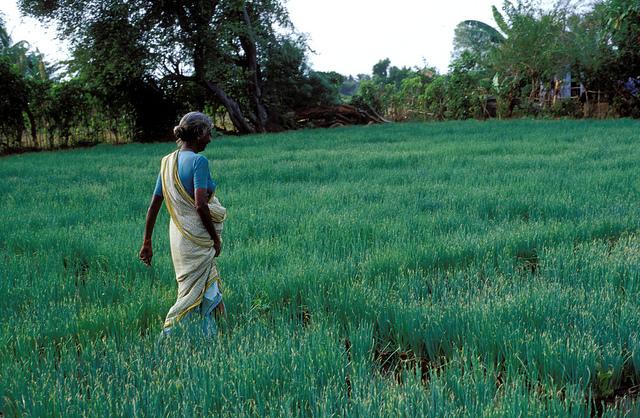Sri Lanka's Agricultural & Agrarian Insurance Board (AAIB)

GIIF supports the national agri insurer in Sri Lanka – the Agricultural and Agrarian Insurance Board (AAIB), to improve the effectiveness of the national agri insurance scheme. The project aims to bring in improvements via innovative products (such as index insurance) as well as efficiencies to the current indemnity based system. This is expected to help address the risks faced by approximately 1 Mn smallholder farmers during climate catastrophe events via an efficient, affordable crop insurance product, thus reducing the impact of catastrophic production losses.
Index insurance products are being deployed in pilot districts for the paddy crop. One of the main lessons thus far from the pilot is the inapplicability of a traditional index product for most areas in Sri Lanka given the existence of irrigated land. This resulted in additional efforts to develop a hybrid index product to reflect ground realities. This coupled with the microclimatic conditions in Sri Lanka have made the products more complex. In order to address this, the project facilitated experts, together with the client to (a) develop new variants for the first time in weather based agri index insurance using alternate data and (b) explore technology led innovations. These products will be tested in the coming periods.
The project was instrumental in bringing forward index insurance as a national agenda as well as initiating the policy dialogue around improving agriculture insurance across the government. A high level of technical capacity building across the sector, and particularly at AAIB was provided via the project.
Further reading:
The paper introduces an innovative hybrid index insurance product based on the authors’ experience of piloting the concept and brings forth findings from a live pilot in selected locations in Sri Lanka. The findings indicate that the new hybrid product performs better than the single trigger index insurance product, thereby reducing the basis risk faced by farmers.
